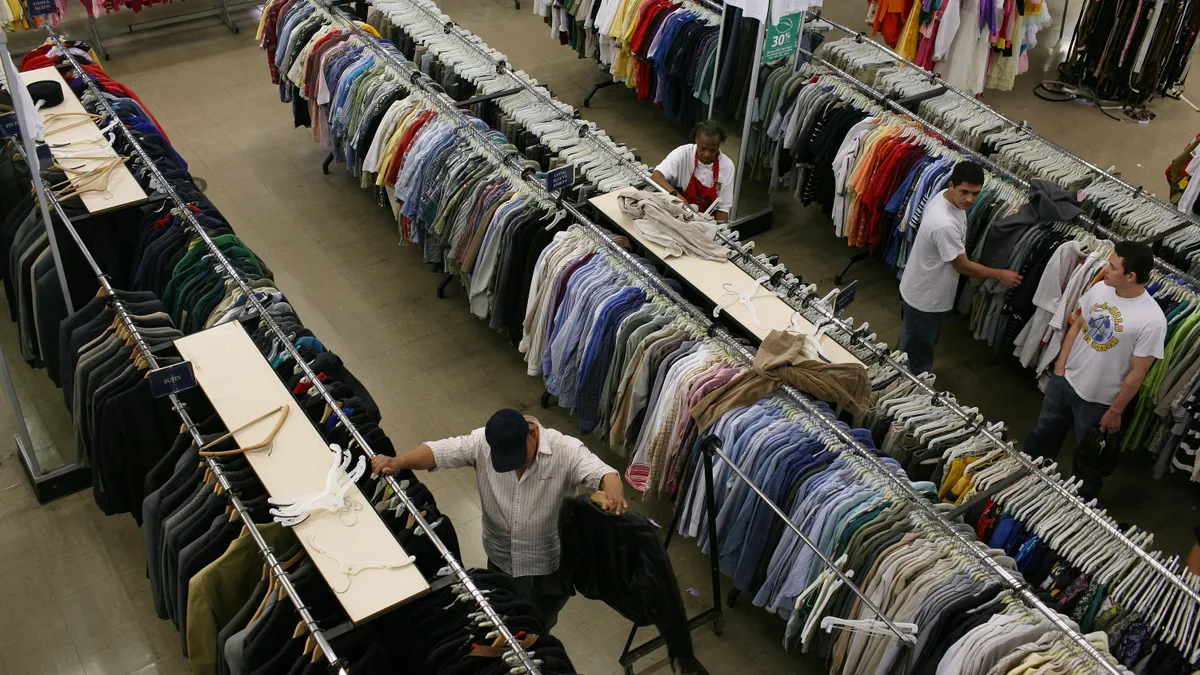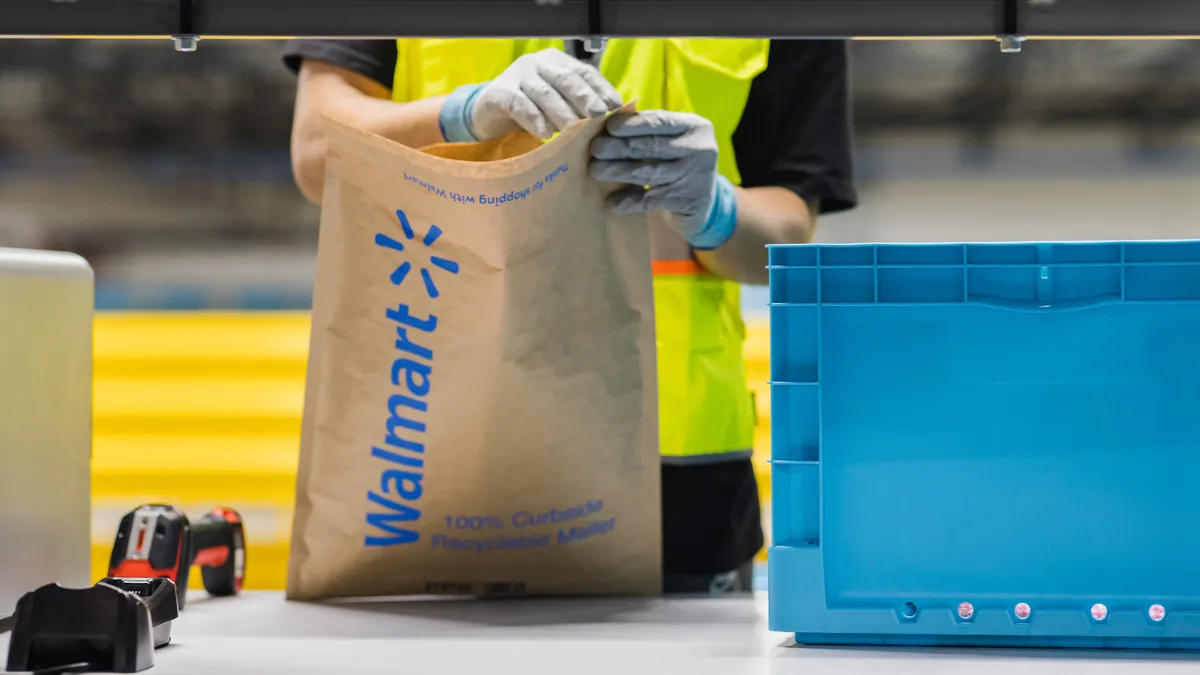You’ve already heard “a happy customer tells a friend; an unhappy customer tells everybody.”
What many retail companies may not realize is how customer frustration with retailers is on the rise. In a survey of 1,003 households by Arizona State University’s W.P. Carey School of Business last fall, half said they’d had a problem with a product or service in the previous 12 months. And 68% said an issue upset them “very” or “extremely” much, an increase from 60% in the previous survey.
Yet customer service is also increasingly becoming one of the most important factors in “omni-channel” success.
Uncomplaining customers are not necessarily happy ones
Less than 25% of customers complain, according to sales and service software company Salesforce -- but it's not necessarily because they’re satisfied. Many consumers think a company won’t address their issue or address it quickly enough, or believe it doesn’t have a smooth way to register their complaint. In other words, it's not worth the hassle.
One way to unearth issues at stores, sites, apps, or customer service numbers could be for retailers to try things out by assuming the role of the customer, according to customer service and inventory software company Vend.
How do I contact thee? Let me count the ways.
The avenues for customer complaints are more numerous than ever, but not all retailers have mastered them.
There have been some high-profile issues resolved via Facebook and Twitter. Retailers seem to realize that it’s important that their public face doesn’t suffer too many whipped-cream pies by disgruntled customers all too willing to throw one.
But Americans aren’t using social media all that much to lodge complaints; one study last year from researcher and strategy company Populus Research and customer engagement company Kana Software found that only 7% do.
And while plenty of unhappy customers will rage about negative experiences on review sites, they’re not likely places to resolve problems. Sites like Yelp have begun to use algorithms sophisticated enough to weed out both loudly complaining “trolls” as well as fake positives from businesses themselves. (Although, if websites get too sophisticated, the internet may become a little less fun.) Above all though, they are proving to be of limited value to consumers looking for real information, much less real communication.
When shoppers fail to resolve issues any other way, they are likely to use the old-fashioned telephone to seek help, especially in the United States. 65% of consumers expect their problem to be resolved within 30 minutes of phoning customer service, according to a study by customer-service vendor Zendesk and consulting firm Loudhouse.
And text is emerging as a preferable way to communicate and resolve issues, over more public displays of complaint like social media or published reviews. In a poll of more than 700 shoppers, business messaging services company HeyWire Business found that 52% of shoppers would like the option of texting a customer service representative. And 75% of consumers would rather privately text with customer service than reach out on social media sites like Twitter.
When people do complain on social media, be responsive!
Companies too often make the mistake of thinking that social media is a matter of acquiring “followers” or “likes,” rather than also developing a responsive social media presence that includes fielding complaints. In fact, most companies think they're doing great on social media, but their customers disagree. Only 20% of brands deal with messages that require a response, according to an infographic from Brickfish.
Even though it’s a tiny minority of complainers (and in turn hopefully a minority of customers) who broadcast their issues on social media, they are blasting their complaints out, sometimes to a large number of followers. It’s important to respond promptly, courteously, take humor in stride, and offer phone numbers so the customer can get their problem resolved privately. And then be ready to handle things promptly.
How not to do it? One infamous British Airways passenger was livid enough to spend hundreds of dollars for a “Sponsored Tweet” to let the world know that the airline had lost his luggage and had terrible customer service. The airline’s tepid response — that its helpline was open 9 to 5 — took eight hours to appear, during which the customer’s tweet had been seen by 76,000 other Tweeters.
By contrast, upscale lingerie retailer La Perla recently quickly revisited its policy of displaying severely skinny mannequins after complaints on Twitter and in its stores.
Customer complaints are an opportunity to boost loyalty
If your customer service number, live chat, or stores are besieged by customer complaints, you have a big problem that requires some serious investigation. But resolving customer complaints is an ordinary part of a retail business. What's more, it's actually an excellent chance to demonstrate your company's excellence. Customers will have issues. It's when they bother to complain that you have an opportunity to solve their problem and keep them as a customer.
Of course, for such encounters to be fruitful, your customer service or sales staff must remain calm and actively try to solve the customer’s problem. In the end, the customer should be thanked for bringing the issue to your company’s attention. Perhaps this is customer service 101, but it is hardly routine and is definitely not your customers' expectation.
Guy Winch Ph.D, . a psychologist and the author of "The Squeaky Wheel: Complaining the Right Way to Get Results, Improve Your Relationships, and Enhance Self-Esteem," goes so far as to suggest that retailers should make it easier for customers to complain because complaints are “the expressway to loyalty.”
“Loyalty in relationships of any kind is something that is typically built over time and experience,” Winch writes. “Companies that handle complaints to our satisfaction, and certainly those that exceed our expectations, dramatically increase our trust in them, which sparks a surge in our loyalty.”
Would you like to see more retail news like this in your inbox on a daily basis? Subscribe to our Retail Dive email newsletter! You may also want to read Retail Dive's look at retailers' rush for same day delivery.


















